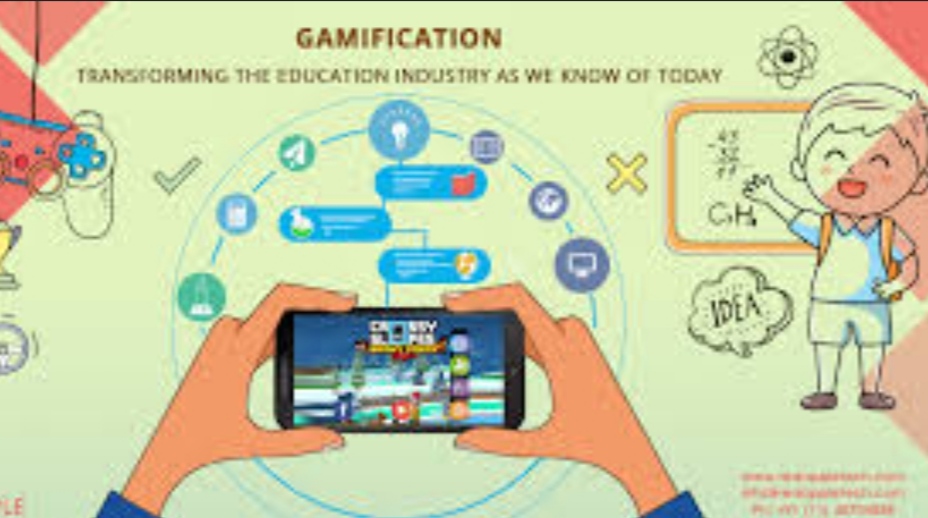Gamification has emerged as a powerful tool in education, transforming traditional learning environments into engaging and interactive experiences. This innovative approach leverages game elements and principles to captivate students’ attention, making learning a fun and immersive endeavor.
One key benefit of gamification in education is its ability to motivate students. By incorporating elements such as points, badges, and leaderboards, educators can create a sense of competition and achievement. This not only encourages active participation but also fosters a desire for continuous improvement.
Gamification also promotes problem-solving skills. Games often present challenges and puzzles that require critical thinking and creativity to overcome. When applied to educational content, this can enhance students’ ability to analyze information and find solutions independently.
Moreover, gamification can personalize learning experiences. Through adaptive game mechanics, students can progress at their own pace, receiving instant feedback and tailored content based on their performance. This individualized approach accommodates diverse learning styles and abilities.
Incorporating gamification into education isn’t about replacing traditional teaching methods but enhancing them. It creates an environment where students eagerly explore, experiment, and learn through play, ultimately making education a more enjoyable and effective journey for learners of all ages.




